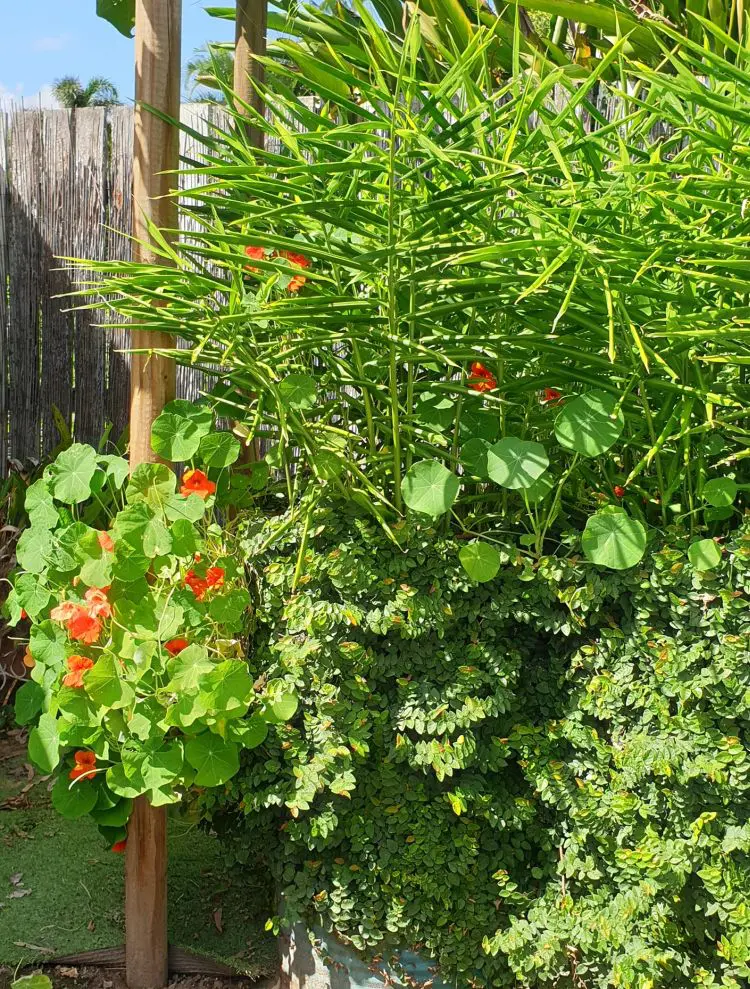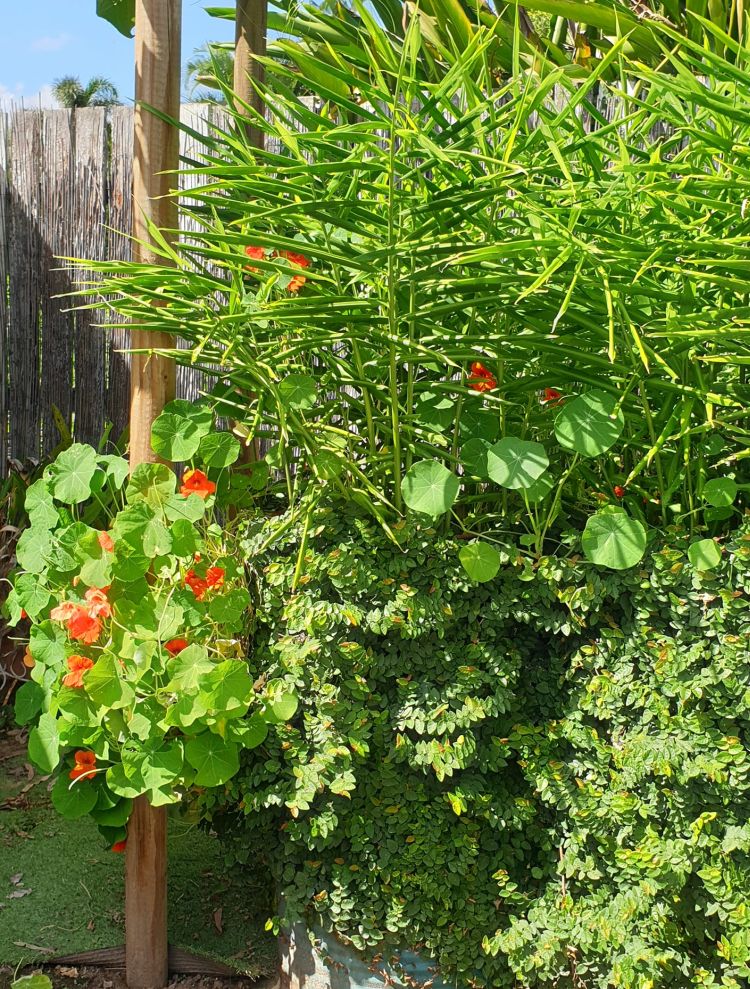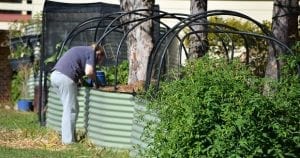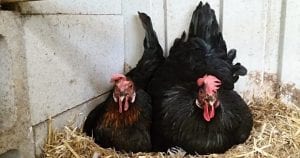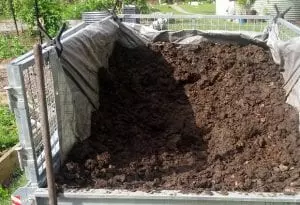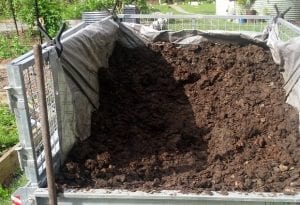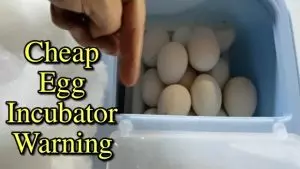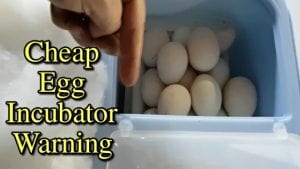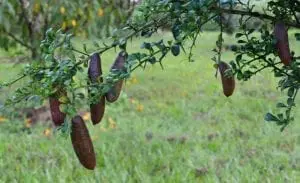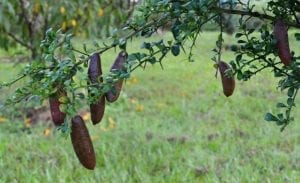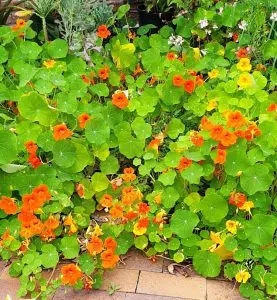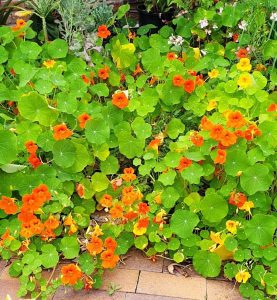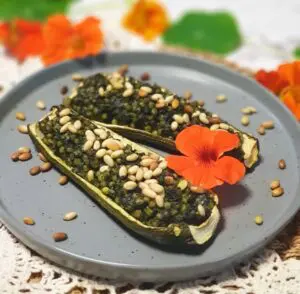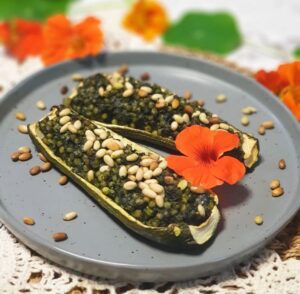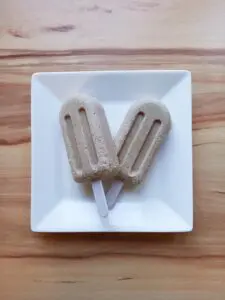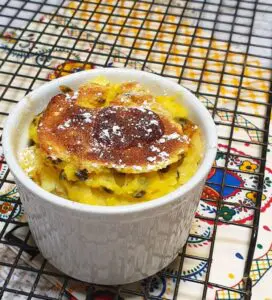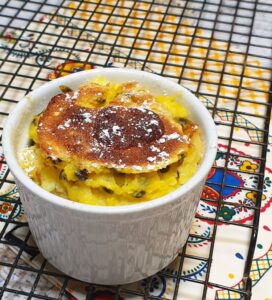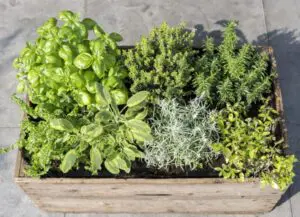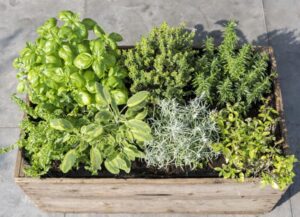Nasturtiums are an easy delight in any type of garden. They suit a variety of climates, and are easy to grow. They make a lovely ground cover, sprawl out quickly, and look attractive.
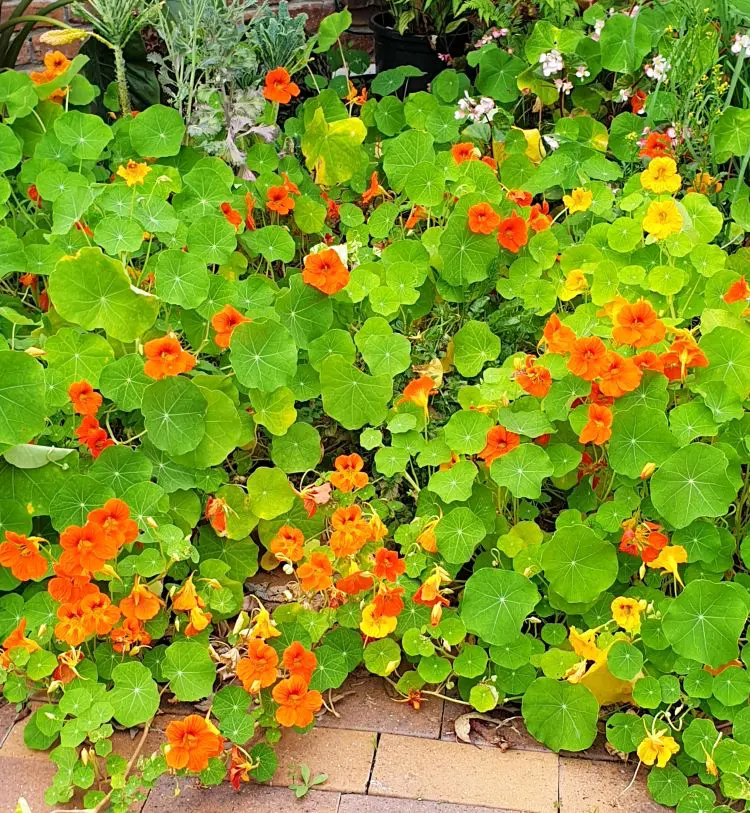
But there’s much more to nasturtiums than simply filling up space, and they’re definitely more than a basic ornamental. Read on to find out why you need nasturtiums in your veggie garden.
Garden Developer
It may surprise you to learn that nasturtiums are a fantastic and versatile plant to use in young and developing gardens. As mentioned above, they fill up empty space well because they grow quickly and sprawl out. This is handy when setting up new gardens or revitalising long-lost old beds, or just resting beds between growing seasons. The old saying ‘nature abhors a vacuum’ is very true, and nasturtiums are the ideal plant for quickly filling any such vacuum. But there are more benefits to nasturtiums than just filling up space. Their dense coverage suppresses weeds, their root systems keep the soil biota active, and their prolific flowers attract a multitude of pollinators and beneficial insects. These, in turn, slowly work towards creating a balanced ecosystem, which is vital to the success of any organic garden.
Possibly the biggest benefit to nasturtiums is that they grow in any kind of soil, including poor soil. Good soils take years to develop, and nasturtiums are the perfect plant to use in the meantime. This hardy annual has seeds which germinate and grow with incredible ease, then once finished, the entire plant can be dug into the soil as a green manure which adds organic matter and improves the soil.
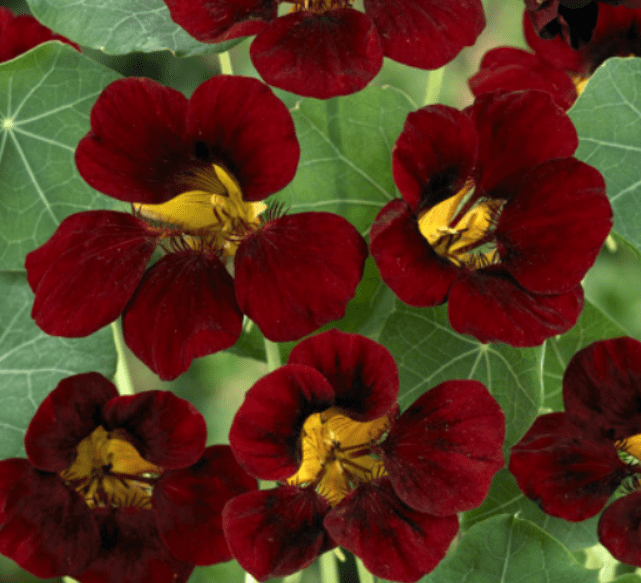
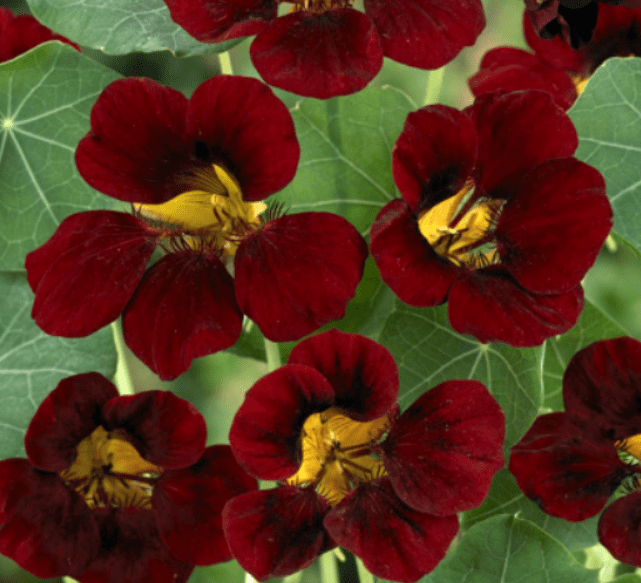
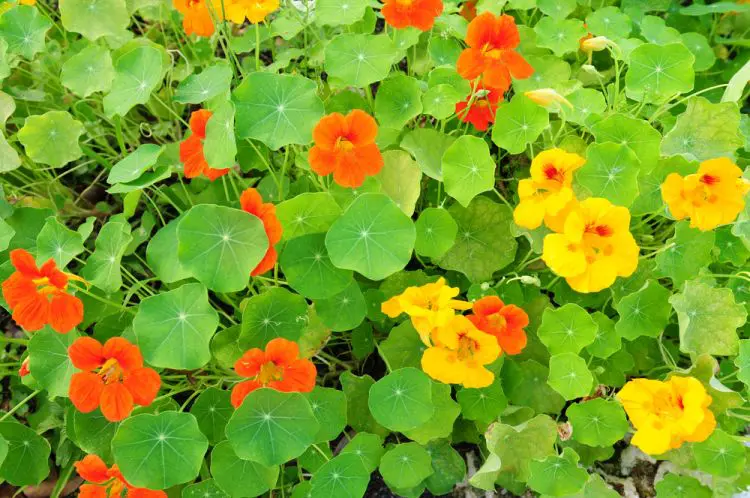
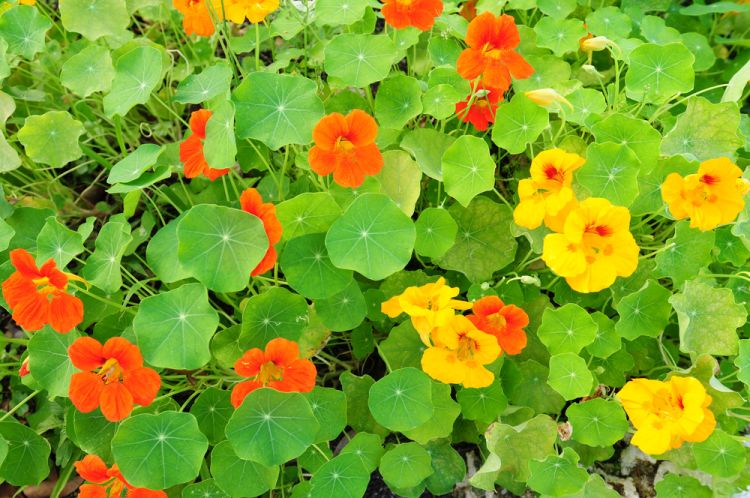
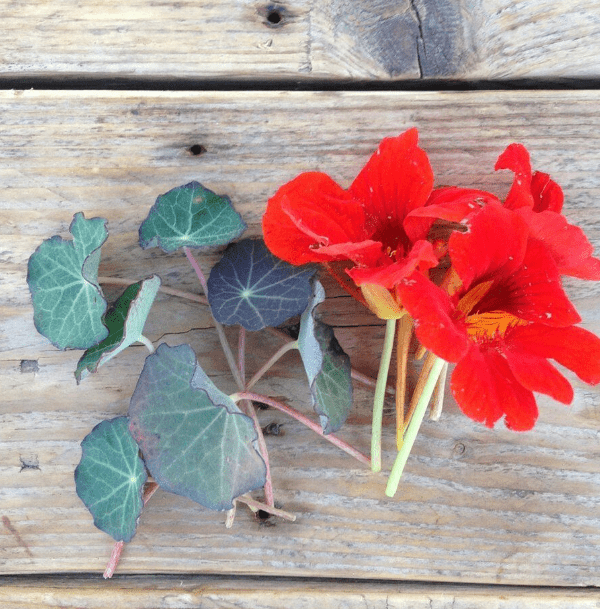
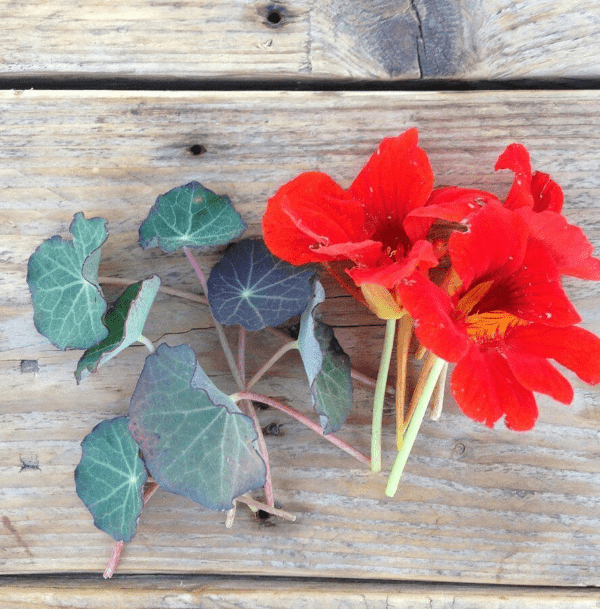
Versatile & Easy to Grow
Nasturtiums are truly one of the easiest plants you’ll ever grow- in fact, the poorer the soil, the better they will do. The large seeds are easy to handle and are unfussy. You can literally throw a handful of nasturtium seeds on the ground and they will grow. Relatively drought-hardy and requiring no particular care, nasturtiums suit all planting situations, including in-ground garden beds, pots, hanging pots and rockeries. There is a large range of nasturtium varieties to choose from, including dwarf, standard and cascading, with colours from ranging from white to yellow, orange, red through to maroon. Nasturtiums are prolific seeders and self-seed readily, so once you’ve got them, they’ll return year after year in the same place without any effort from you.

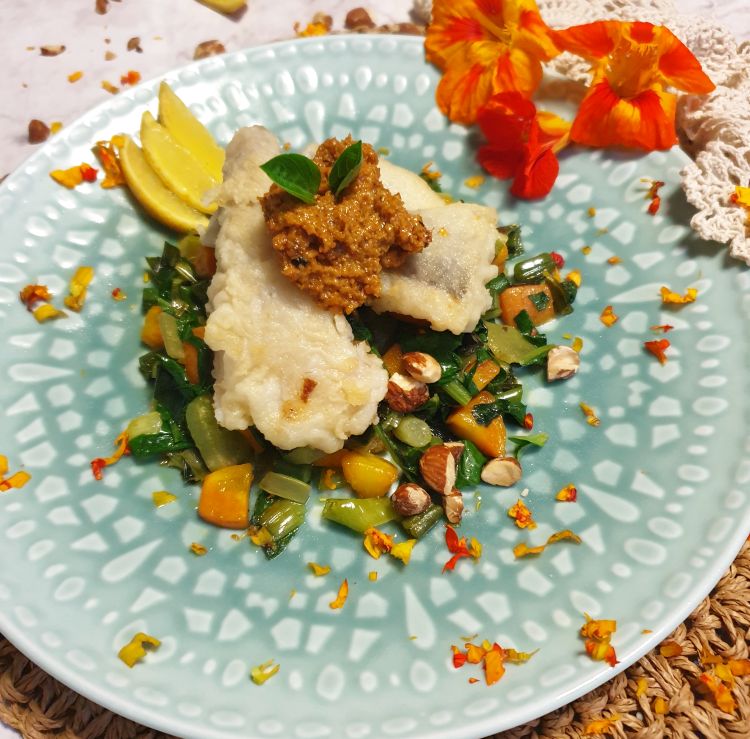
Completely Edible
While there are a great many edible flowers, nasturtiums are one of the few that can boast an entirely edible plant. Not only are the leaves, flowers, and seeds of nasturtium plants edible, but they are a great source of vitamin C as well.
Both the flowers & leaves have a peppery taste that make a great base in spreads like our nasturtium flower pesto, shown above. Both can be used raw as ingredients in salads and sandwiches, or blended with cream cheese or mayo to make a flavourful spread.
Leaves can be used as you would any other leafy green, so can be included in stir-fries, soups, casseroles and smoothies. You can even use nasturtium leaves in place of grape leaves, stuffed and baked. For a unique dish, try our roast zucchini w/nasturtium leaf pesto, or make canapes using the leaves to enclose interesting fillings. Nasturtiums are also useful when you’re eating low-carb, as the larger leaves can be used in place of wheat-based wraps. And as well as all the above, both flowers & leaves always make a beautiful garnish.
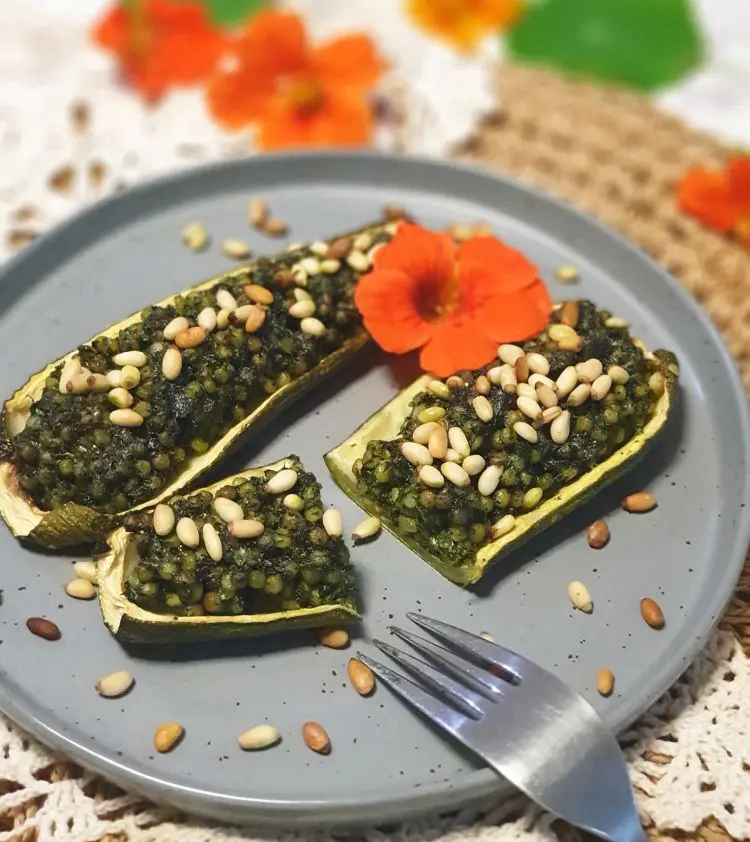
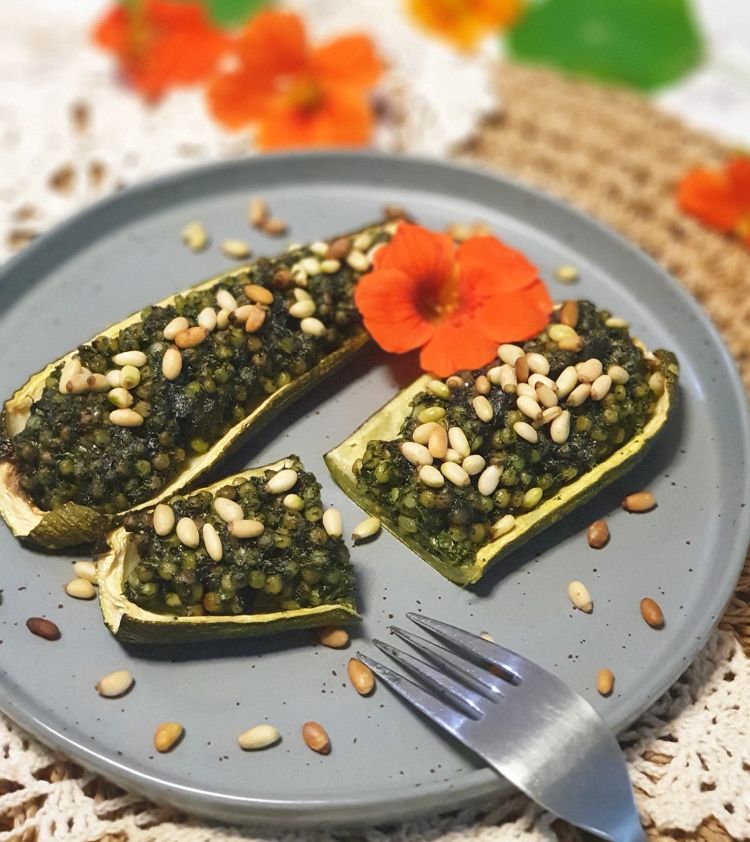
Nasturtium seeds are good for eating too. Get them while they’re still green, which is straight after the flowers have fallen off. You can dry them out whole (naturally or in a dehydrator) and use them in a grinder in place of pepper. In this form, they can also be used as an ingredient in a spice blend.
Similar to capers in both taste and texture, nasturtium seeds are great pickled. Place the washed seeds in a sterilised glass jar, submerge in vinegar (or other pickling liquid) then refrigerate. After three days, they are ready to eat. For best penetration by the vinegar, prick the seeds with a fork before putting them in the jar.
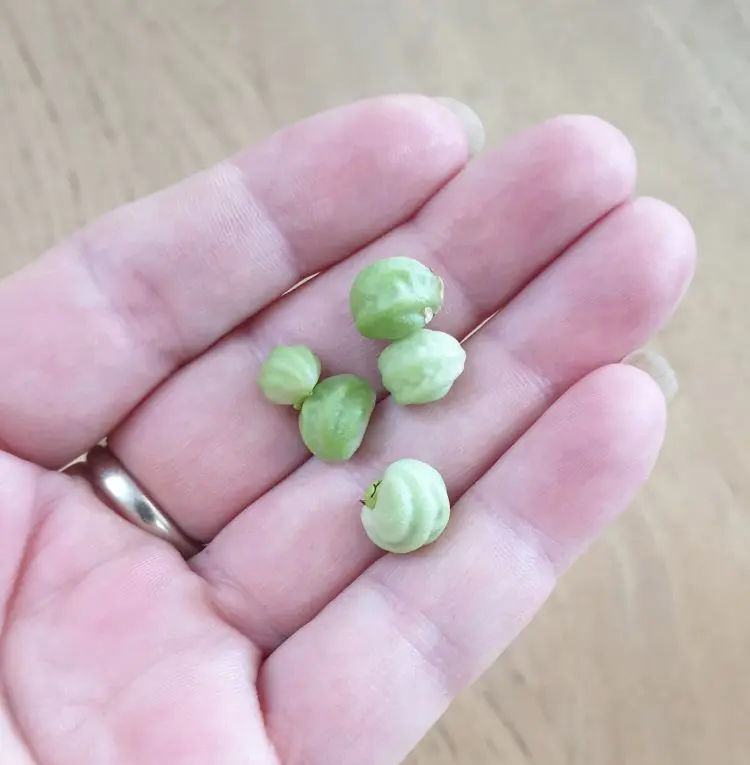
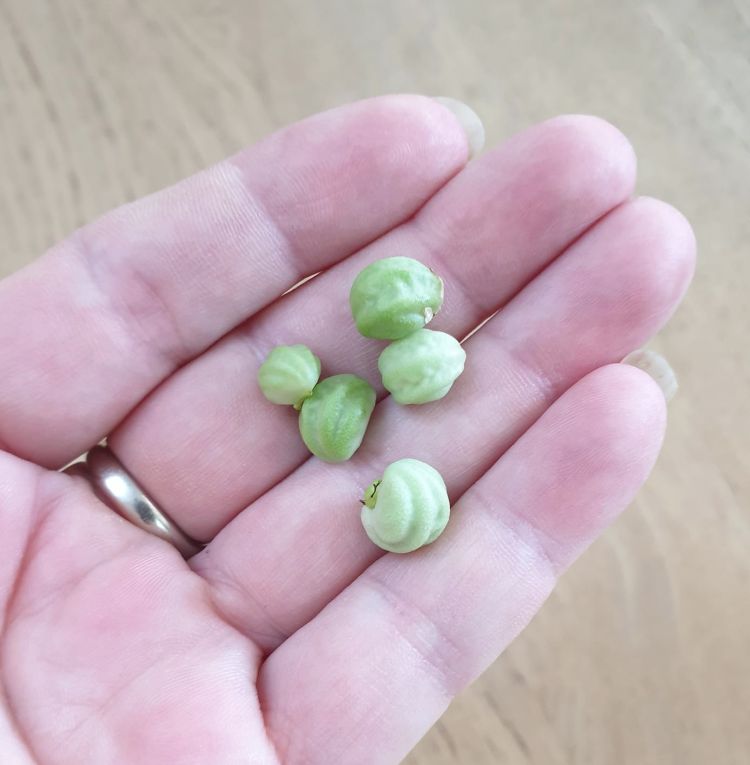
Companion Plants
Nasturtiums are a great companion plant for both vegetables and ornamentals, as they attract beneficial insects, repel pests, and otherwise increase crop productivity. Due to being a favourite of aphids, Nasturtiums make a wonderful sacrificial crop too, as they are favoured by aphids. As the aphid population on a nasturtium plant grows, so does the ladybug population. This creates a balanced ecosystem, which in turn protects more valuable plants. which helps protect more valuable plants.
